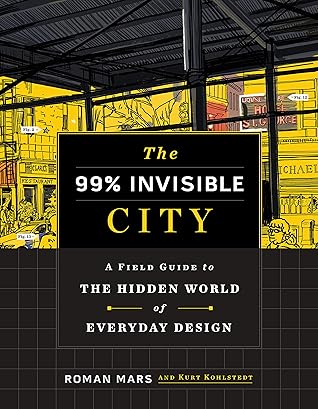More on this book
Community
Kindle Notes & Highlights
by
Roman Mars
Read between
January 11 - January 22, 2021
The word quatrefoil comes from the Anglo-French quatre (four) and the Middle English foil (leaves). These were first combined into a single word in the fifteenth century, but the shape dates back even further. Examples can be found in the city of Constantinople during the Byzantine Empire as well as in ancient Mesoamerica, where it was used to symbolize elements including clouds, rain, and the crossroads between celestial realms and underworlds.
MINERAL rights can apply to fuel sources (coal, gas, and oil), precious and industrial metals (gold, silver, copper, iron), and other resources (salt, limestone, gravel, and so on). In many places, these can be bought and sold independently of surface rights. LITTORAL rights can extend outward for properties adjacent to bodies of water, like an ocean, bay, delta, sea, or lake. In most places, there are allowances for usage tied to low or high waterlines that inform private use and public access rights. RIPARIAN rights deal with water that flows through properties, like rivers and streams.
...more
Gothic cathedrals relied on buttresses to reach toward the heavens, but even their heights were limited. Up through the nineteenth century, ten-story urban buildings were mostly rare marvels, and those that existed came with significant downsides. Their masonry walls had to be thicker at the bottom, which meant less floor space on lower levels. A classic example of this conundrum is the Monadnock Building in Chicago, built in 1891. At sixteen stories, the building was exceedingly tall for its time, but to achieve that height, the walls at the base had to be six feet thick.
some more contemporary structures, like the Statue of Liberty, are more familiar in an altered form—the figure’s copper coating was originally as shiny as a new penny before it oxidized into the green it is today.


